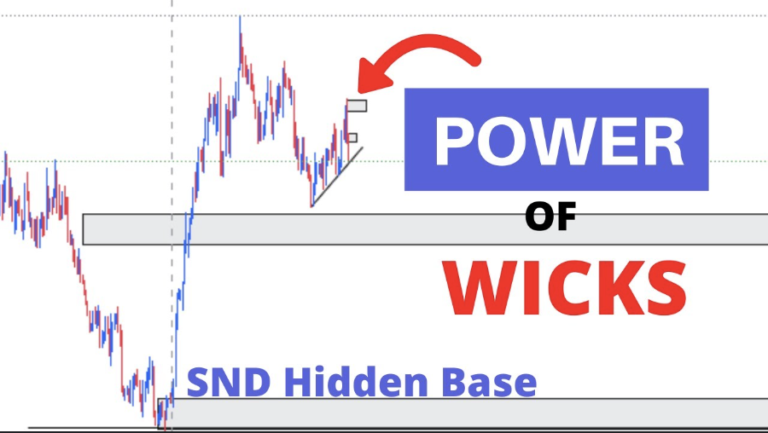
In the world of forex trading, a hidden base refers to a subtle area of consolidation that is often overlooked by most traders but can serve as a powerful signal for future price movements. It typically occurs when the market experiences a brief pause in price movement, followed by a strong breakout. Hidden bases can act as support or resistance levels, and identifying them can help traders make informed decisions about when to enter or exit trades.
What is a Hidden Base?
A hidden base is essentially a small zone of price consolidation that happens during a trending market. Unlike major support or resistance levels, hidden bases aren’t immediately obvious on the chart. These areas form when the market pauses temporarily, allowing the price to gather momentum before making its next move. Although small and often overlooked, hidden bases can play a crucial role in determining the future direction of price movement.
Why Hidden Bases Matter
Hidden bases provide traders with valuable insights into the market’s strength and momentum. They indicate areas where buyers or sellers paused to accumulate positions before the next move. These areas often become decision points, where the price is likely to either continue its trend or reverse. Understanding how to spot hidden bases allows traders to better anticipate future price moves and plan their trades accordingly.
How to Identify Hidden Bases in Forex Trading
Identifying hidden bases requires careful analysis of price charts and an understanding of how markets behave during periods of consolidation. Here are several steps and techniques that can help traders recognize hidden bases:
1. Look for Consolidation Zones in Trending Markets
The most common way to identify a hidden base is by spotting brief consolidation zones within a trending market. These areas are typically marked by a series of small candles, often with wicks, indicating that the market is temporarily pausing but not making significant progress in either direction. After this period of consolidation, the price usually breaks out strongly in the direction of the trend.
2. Use Time Frame Analysis
Hidden bases are often easier to spot on smaller time frames, such as the 15-minute or 1-hour charts, where the price action is more granular. While these bases may not be visible on higher time frames, they still have a significant impact on price movements. Scanning multiple time frames can help uncover hidden bases that might otherwise be missed.
3. Support and Resistance Clusters
Hidden bases often form around areas where multiple support and resistance levels cluster together. These clusters act as key zones where traders are likely to take positions, and they often lead to significant price moves once the base is broken. Pay attention to areas where price has respected certain levels multiple times.
4. Volume Indicators
Volume plays a crucial role in confirming hidden bases. Low volume during consolidation followed by a spike in volume on a breakout can validate the presence of a hidden base. The sudden increase in volume indicates that market participants have entered the market, pushing the price out of the consolidation phase.
5. Moving Averages
Another way to identify hidden bases is through the use of moving averages. When the price pulls back to the moving average and consolidates for a short period, it can signal the formation of a hidden base. A subsequent breakout from the moving average often marks the continuation of the trend.
How to Trade Hidden Bases
Once you’ve identified a hidden base, there are several ways to trade it:
1. Trade the Breakout
The most common strategy is to trade the breakout from the hidden base. Once the price breaks out of the consolidation area, it often signals the beginning of a new trend leg. Traders can enter a trade in the direction of the breakout, using the hidden base as a reference point for placing stop-loss orders.
2. Use the Retest Strategy
In some cases, the price may break out from a hidden base and then retest the consolidation area before continuing its trend. This retest provides an opportunity to enter a trade at a more favorable price. Traders can look for a pullback to the hidden base, and if the area holds as support or resistance, it offers a good entry point.
3. Target the Next Major Support or Resistance
Once a hidden base has been broken, the price is likely to move toward the next major support or resistance level. Traders can use this information to set profit targets, aiming for the price to reach these key levels.
Conclusion
A hidden base is a subtle yet powerful tool in forex trading, offering traders a way to spot potential price moves before they happen. By understanding how to identify these areas of consolidation and using them to inform your trading decisions, you can improve your ability to anticipate market trends and capture profitable opportunities. Whether you’re trading the breakout or waiting for a retest, recognizing hidden bases gives you a competitive edge in the fast-moving forex market.
Very helpful for beginners